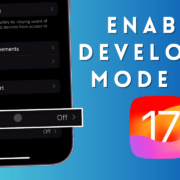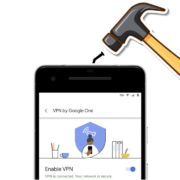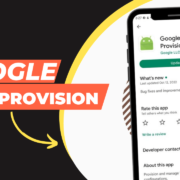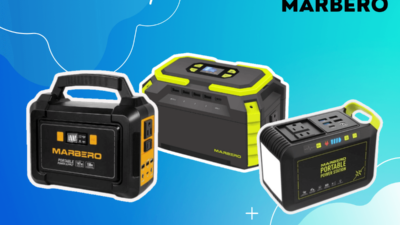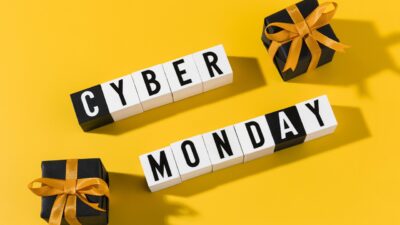The digital landscape has dramatically transformed how businesses approach sales, making it more complex and competitive. Sales enablement has become a critical aspect of a company’s strategy to optimize the effectiveness of its sales teams. This comprehensive approach not only equips sales professionals with the necessary tools and resources but also aligns their efforts with the broader organizational goals.
Through the lens of key metrics and inventive strategies, organizations can refine their sales processes and achieve remarkable revenue growth. Below, we delve into what constitutes sales enablement and how you can measure and enhance its success within your own organization.
Exploring the Role of Sales Enablement in Modern Business

Alt text: Person making hand gestures to describe a guide to sales enablement at a meeting
Sales enablement broadly refers to the processes, content, and technology that empower sales teams to sell more effectively. At its core, it’s about providing salespeople with what they need to engage the buyer throughout the buying process. A well-structured sales enablement strategy can mean the difference between a sales team that barely meets quotas and one that exceeds them with flying colors. Here, a guide to sales enablement can prove invaluable, offering resources and methodologies to foster a knowledgeable salesforce.
The role of sales enablement has expanded in recent years, moving beyond mere provision of content to a more holistic approach. It’s about understanding the buyer’s journey and ensuring that sales teams are equipped with not only the right information but also the skills and behaviors needed to adapt to various sales scenarios. Implementing an effective sales enablement program involves close collaboration between sales, marketing, and customer success teams.
By enabling sales teams with access to insights on customer engagement and behavior, businesses can better position their value proposition. Further, with a well-defined sales enablement framework, companies can more easily identify gaps in their sales process and make necessary adjustments to improve performance and customer satisfaction.
Essential Strategies for Effective Sales Enablement
A critical strategy for sales enablement is ensuring alignment between sales and marketing teams. Marketing should provide sales with up-to-date and relevant content that resonates with the buyer’s current needs and challenges. Sales feedback should then guide marketers in refining and customizing content to support the selling process more effectively.
Implementing a culture of continuous learning and coaching is another essential strategy. Sales teams require ongoing training to stay ahead of product developments, market changes, and evolving customer demands. This approach necessitates a robust platform or system for delivering and tracking educational content and initiatives.
Additionally, leveraging data and analytics to inform sales enablement policies should not be underestimated. Data-driven insights can help sales leaders and stakeholders to identify successful behaviors and tactics, which can then be replicated across the team to improve overall performance. It allows for tailoring strategies to individual reps, accounts, or market segments.
Key Metrics to Measure Sales Enablement Success

Alt text: Business professional looking over metrics as a guide to sales enablement
Measuring the impact of sales enablement initiatives is vital to ensure they contribute to the bottom line. One of the primary metrics to track is the sales cycle length, which can indicate where enablement tools and strategies are streamlining the process. Another significant metric is the win rate or conversion rate from lead to customer, which reflects the effectiveness of sales practices and content.
In addition, monitoring the quota attainment across the sales team can reveal the overall success of your enablement program. If a higher percentage of sales representatives is meeting or exceeding their targets, it typically signifies that your enablement strategies are working. Moreover, analyzing the average deal size before and after implementing sales enablement tactics can provide insights into their effectiveness in driving up sale values.
An often overlooked but equally important metric is content utilization. Sales teams should regularly be using the resources they’ve been provided, and low utilization rates can be a red flag. It could indicate that the content is not resonating with customers or sales staff finds it irrelevant to the selling process.
Altogether, adopting a strategic approach to sales enablement is vital for businesses looking to improve their sales processes and outputs. A well-executed sales enablement plan leads to empowered teams, satisfied customers, and increased revenues.



